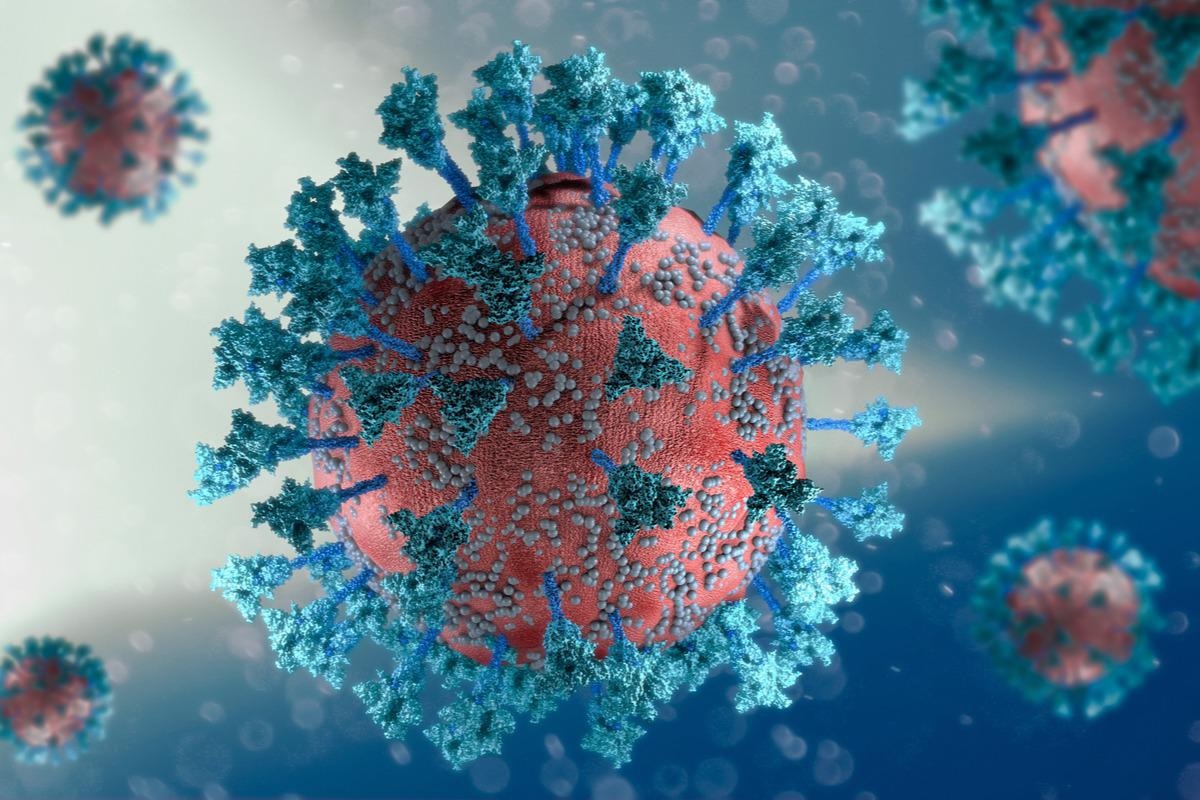In a recent study posted to the bioRxiv* pre-print server, a team of researchers demonstrated multiple site-directed mutagenesis as an efficient, easy, and more economically viable alternative to commercial gene synthesis, to highlight how specific residues can contribute to the molecular structure and functioning of proteins.
 Study: An efficient and cost-effective method for directed mutagenesis at multiple dispersed sites – a case study with Omicron Spike DNA. Image Credit: Naeblys/Shutterstock
Study: An efficient and cost-effective method for directed mutagenesis at multiple dispersed sites – a case study with Omicron Spike DNA. Image Credit: Naeblys/Shutterstock
The study involves the concomitant introduction of mutations at multiple sites (>10) to generate deoxyribonucleic acid (DNA) constructs. The researchers used the severe acute respiratory syndrome coronavirus 2 (SARS-CoV-2) Omicron Spike DNA construct as an example to explain multiple site-targeted mutagenesis.
Commercial gene synthesis has been routinely used for introducing several mutations that are not present in close vicinity within the sites encompassed by a single primer. However, this technique is expensive, has a long duration, and is not readily accessible in all places.
A previous report has discussed the use of the ligation of fragment ends after polymerase chain reaction (LFEAP) mutagenesis method that also depends on PCR for DNA amplification and ligation-mediated assembly to integrate multiple mutations into the final construct. However, the LFEAP method requires the amplification of the whole plasmid, which would entail an increased possibility of errors, and the use of T4 DNA ligase-mediated assembly, which is usually less efficient than overlap-mediated assembly. Traditional scanning mutagenesis techniques use classic but more technically complicated procedures requiring specially modified templates.
In this setting, a substitute method for introducing mutations that are situated in close proximity in the recombinant DNA constructs, known as multiple site targeted mutagenesis, can be used. It involves the combination of several procedures such as PCR, colony PCR, PCR with overlap extensions, as well as Gibson cloning to generate the needed construct at a quick pace and in a cheaper manner.
About the study
The method used by the researchers in the present study involves assembling the entire construct with the help of multiple smaller fragments that contain the desired mutations. First, the DNA construct was cleaved into multiple smaller fragments in a manner that allows the use of forward, as well as reverse, primers for fragment amplification.
Following this, the fragments were subjected to PCR for amplification using Taq polymerase and Q5 as enzymes. This process enables the incorporation of the required mutations within the primer binding areas of the construct. These fragments were then ligated together by overlap PCR and then assembled by the Gibson assembly cloning method to generate positive clones. Since this process involved the use of multiple fragments, several rounds of assembly were undertaken and later confirmed by sequencing.
Results
The researchers successfully created the SARS-CoV-2 Omicron Spike gene construct comprising of 37 mutations across a ~3.7kb DNA fragment by this method using the 19 amino acid deletion at the C-terminal end. The entire sequence was cleaved into 16 fragments. Post DNA amplification by PCR, these fragments were stitched together and later subjected to colony PCR and Gibson assembly cloning method to create positive clones. At least two positive clones were used to prepare plasmids that were then subjected to sequencing.
The Omicron Spike construct was generated in less than a month at an approximate cost of 50,000 INR rupees, the cost and duration being approximately half of that of commercial gene synthesis.
Conclusion
The present study reported a technique for the introduction of several mutations, including additions and deletions, at multiple sites simultaneously using site-directed mutagenesis. It is a simple, widely applicable, rapid, efficient, readily accessible, and cost-effective substitute to commercial gene synthesis. Many single and modular amalgamations of mutations can be made using this method. Thus, it also enables the production of a library of mutant constructs.
Constructs created in this way could find use in a multitude of applications that include alanine scanning mutagenesis for identifying regions of post-translation modifications, fitness, activity, function, or structure contributions and functional analysis of a wide variety of patient mutations in genes for single-gene diseases.
However, this method was limited to the generation of mutation-containing constructs only in smaller regions of the entire gene. Future research and trials need to be conducted to enable the introduction of larger mutations (>10bp) and repetitive sequences. Despite the shortcomings, the authors believe that this strategy of molecular biology will be an extremely useful alternative in resource-constrained situations.
*Important notice
bioRxiv publishes preliminary scientific reports that are not peer-reviewed and, therefore, should not be regarded as conclusive, guide clinical practice/health-related behavior, or treated as established information.
- Rita Rani, Kishore V.L. Parsa, Kiranam Chatti and Aarti Sevilimedu. (2022). An efficient and cost-effective method for directed mutagenesis at multiple dispersed sites – a case study with Omicron Spike DNA. bioRxiv. doi: https://doi.org/10.1101/2022.02.10.480017 https://www.biorxiv.org/content/10.1101/2022.02.10.480017v1
Posted in: Medical Research News | Medical Condition News | Disease/Infection News
Tags: Alanine, Amino Acid, Cloning, Coronavirus, Coronavirus Disease COVID-19, DNA, Gene, Genes, Ligase, Ligation, Molecular Biology, Mutation, Omicron, Plasmid, Polymerase, Polymerase Chain Reaction, Recombinant DNA, Research, Respiratory, SARS, SARS-CoV-2, Severe Acute Respiratory, Severe Acute Respiratory Syndrome, Syndrome, Translation

Written by
Susha Cheriyedath
Susha has a Bachelor of Science (B.Sc.) degree in Chemistry and Master of Science (M.Sc) degree in Biochemistry from the University of Calicut, India. She always had a keen interest in medical and health science. As part of her masters degree, she specialized in Biochemistry, with an emphasis on Microbiology, Physiology, Biotechnology, and Nutrition. In her spare time, she loves to cook up a storm in the kitchen with her super-messy baking experiments.
Source: Read Full Article





